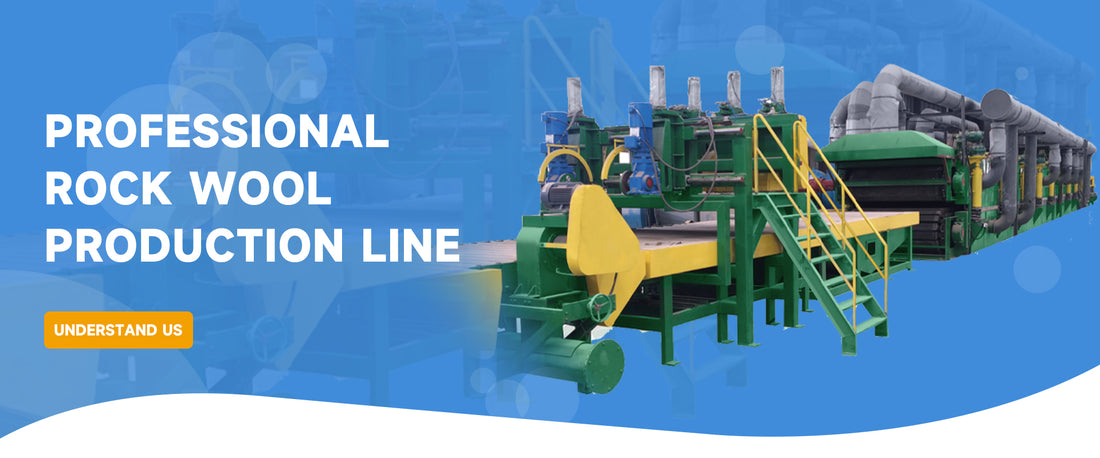Rock wool, a versatile and highly effective insulation material, plays a crucial role in various industries, from construction to automotive manufacturing. Behind the scenes of this essential material lies a sophisticated production process facilitated by rock wool production lines. Let's delve into the intricacies of these production lines and explore how they contribute to the efficient manufacturing of rock wool.
Introduction to Rock Wool Production Lines
Rock wool production lines are comprehensive systems designed to transform raw materials such as basalt and minerals into high-quality rock wool products. These production lines consist of a series of interconnected machinery and processes, each contributing to different stages of production.
Raw Material Preparation
The journey begins with the preparation of raw materials. Basalt, a volcanic rock rich in minerals, serves as the primary ingredient for rock wool production. The raw basalt undergoes a series of processes, including crushing, melting, and fiberization, to transform it into molten lava and eventually into fine fibers.
Fiber Formation
Once the raw materials are prepared, they are fed into fiberizing machines within the production line. These machines utilize high-speed spinning mechanisms to disperse the molten material into fine strands or fibers. The fibers are then collected and formed into mats or boards, depending on the desired product specifications.
Curing and Heat Treatment
After fiber formation, the rock wool products undergo curing and heat treatment processes to enhance their structural integrity and thermal properties. This involves subjecting the materials to controlled temperatures and pressures, allowing them to solidify and achieve the desired density and thickness.
Quality Control
Throughout the production process, stringent quality control measures are implemented to ensure the consistency and performance of the rock wool products. Automated monitoring systems continuously assess various parameters such as fiber diameter, density, and thermal conductivity to meet industry standards.
Energy Efficiency with Cupola Melting Technology
One of the key components of modern rock wool production lines is cupola melting technology. Cupola furnaces, known for their efficiency and versatility, are utilized to melt the raw materials at high temperatures. Unlike traditional melting methods, cupola melting offers precise temperature control and reduces energy consumption, contributing to the overall efficiency of the production process.
Applications and Benefits
The versatility of rock wool products manufactured through these production lines makes them suitable for a wide range of applications. From thermal insulation in buildings to soundproofing in automotive vehicles, rock wool offers superior performance and durability. Additionally, its non-combustible nature and resistance to moisture make it an ideal choice for fire safety and environmental protection.
Conclusion
Rock wool production lines represent the culmination of advanced technology and engineering expertise, delivering high-performance insulation solutions for diverse industries. By harnessing the efficiency of cupola melting technology and adhering to stringent quality standards, these production lines play a vital role in meeting the growing demand for sustainable and effective insulation materials. As industries continue to prioritize energy efficiency and environmental sustainability, the importance of rock wool production lines in shaping the future of insulation cannot be overstated.

